Sara Garcia Sanchez
AirNN: Neural Networks with Over-the-Air Convolution via Reconfigurable Intelligent Surfaces
Feb 07, 2022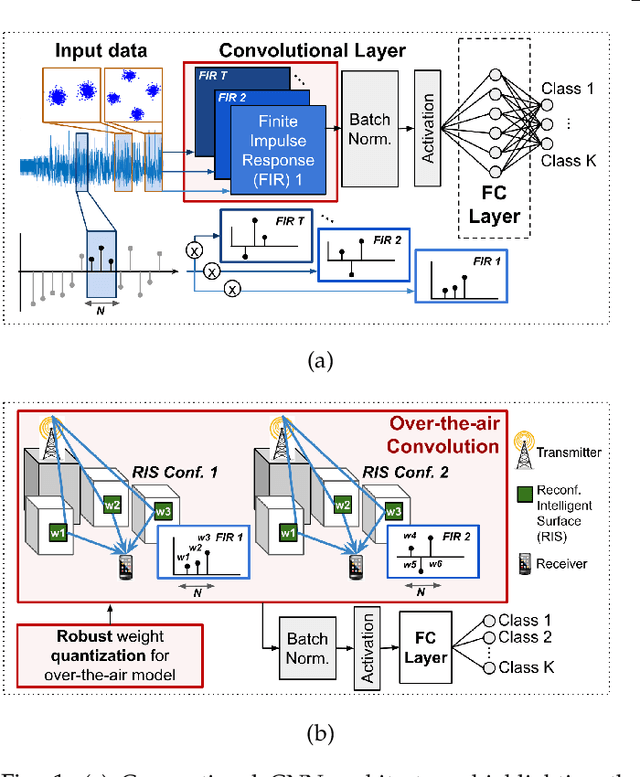
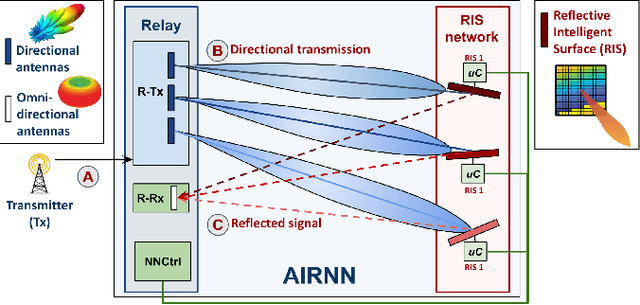
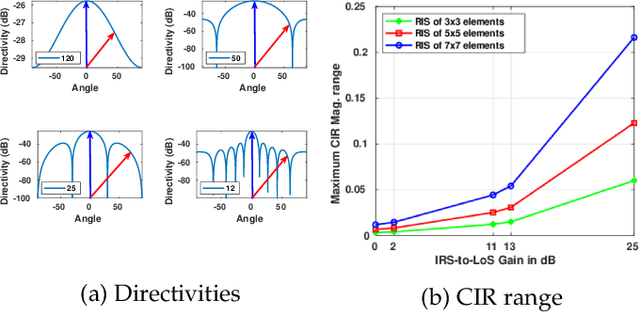
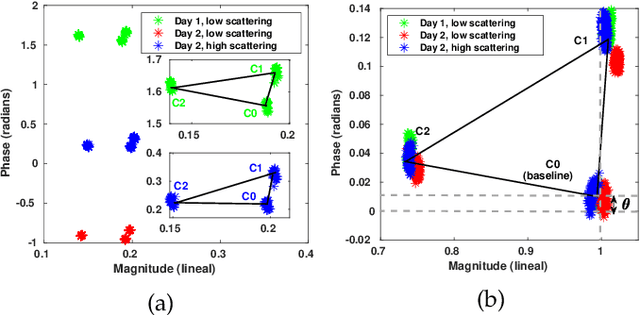
Abstract:Over-the-air analog computation allows offloading computation to the wireless environment through carefully constructed transmitted signals. In this paper, we design and implement the first-of-its-kind over-the-air convolution and demonstrate it for inference tasks in a convolutional neural network (CNN). We engineer the ambient wireless propagation environment through reconfigurable intelligent surfaces (RIS) to design such an architecture, which we call 'AirNN'. AirNN leverages the physics of wave reflection to represent a digital convolution, an essential part of a CNN architecture, in the analog domain. In contrast to classical communication, where the receiver must react to the channel-induced transformation, generally represented as finite impulse response (FIR) filter, AirNN proactively creates the signal reflections to emulate specific FIR filters through RIS. AirNN involves two steps: first, the weights of the neurons in the CNN are drawn from a finite set of channel impulse responses (CIR) that correspond to realizable FIR filters. Second, each CIR is engineered through RIS, and reflected signals combine at the receiver to determine the output of the convolution. This paper presents a proof-of-concept of AirNN by experimentally demonstrating over-the-air convolutions. We then validate the entire resulting CNN model accuracy via simulations for an example task of modulation classification.
Machine Learning on Camera Images for Fast mmWave Beamforming
Feb 15, 2021
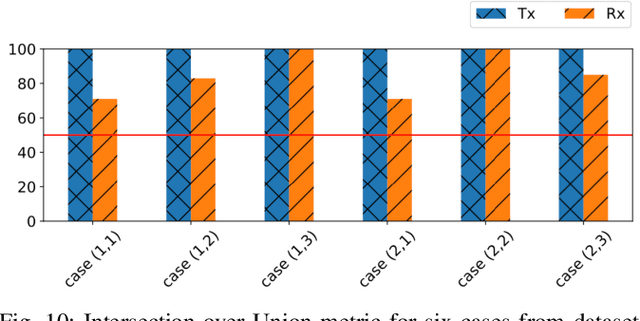
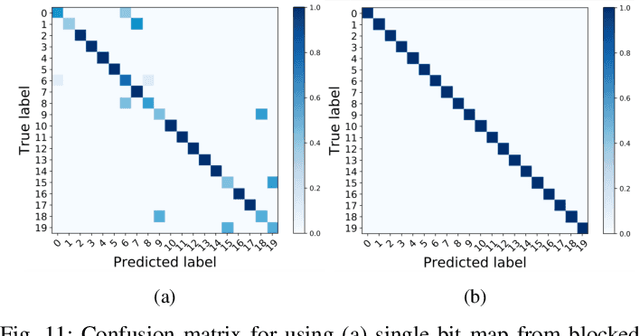
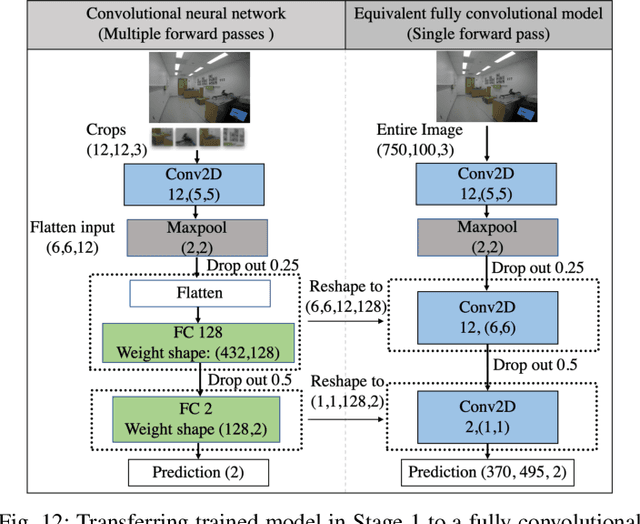
Abstract:Perfect alignment in chosen beam sectors at both transmit- and receive-nodes is required for beamforming in mmWave bands. Current 802.11ad WiFi and emerging 5G cellular standards spend up to several milliseconds exploring different sector combinations to identify the beam pair with the highest SNR. In this paper, we propose a machine learning (ML) approach with two sequential convolutional neural networks (CNN) that uses out-of-band information, in the form of camera images, to (i) rapidly identify the locations of the transmitter and receiver nodes, and then (ii) return the optimal beam pair. We experimentally validate this intriguing concept for indoor settings using the NI 60GHz mmwave transceiver. Our results reveal that our ML approach reduces beamforming related exploration time by 93% under different ambient lighting conditions, with an error of less than 1% compared to the time-intensive deterministic method defined by the current standards.
 Add to Chrome
Add to Chrome Add to Firefox
Add to Firefox Add to Edge
Add to Edge